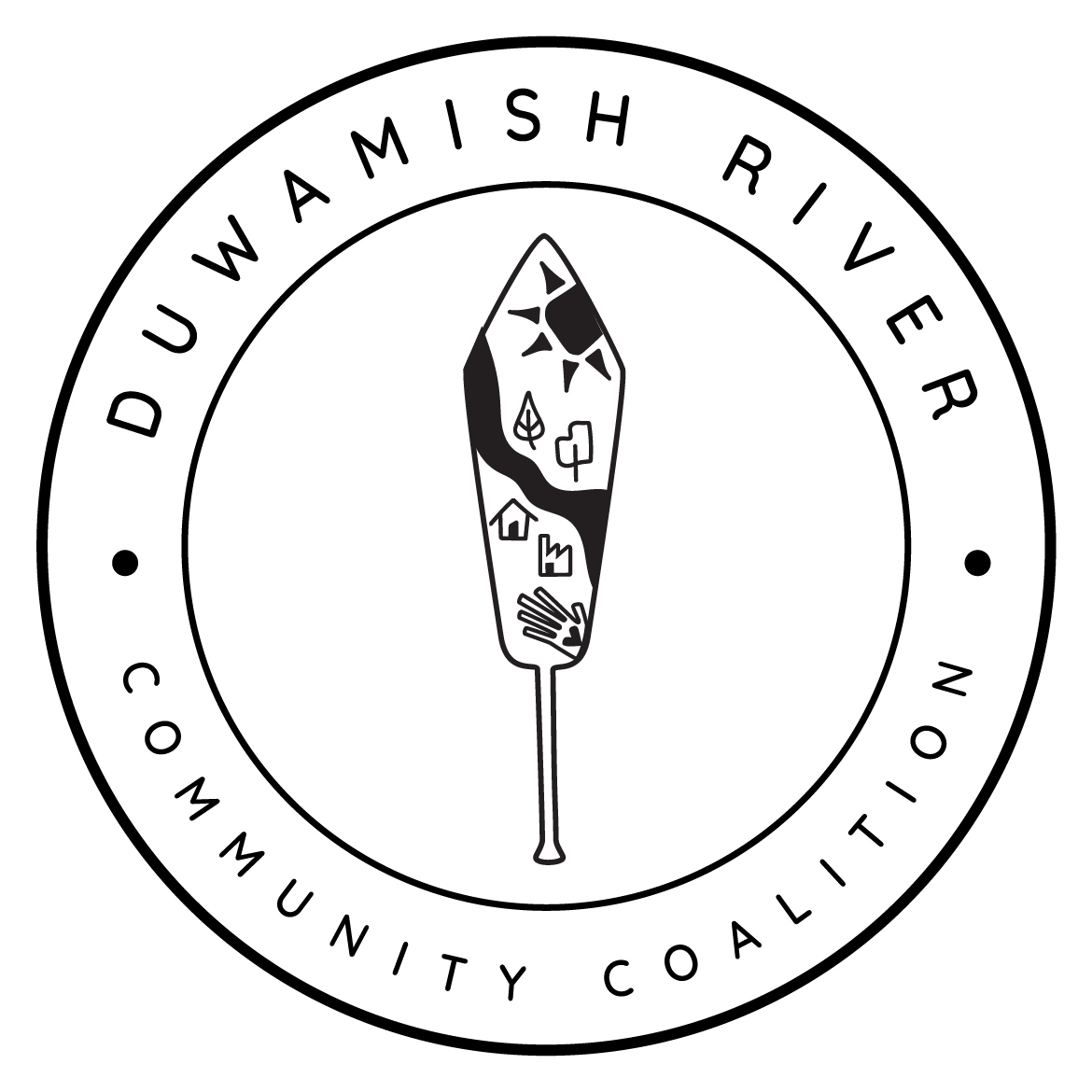WA Needs a Cumulative Air Toxics Law
Washington State needs a new approach to air pollution that centers environmental justice, prioritizes human health, and addresses the cumulative impacts of air pollution in communities using disaggregated data from a robust, comprehensive regional air quality monitoring network for environmental justice communities. Our kids live here. Air pollution threatens the health of children and adults in the Duwamish Valley. Aggressive state level standards are necessary to fill gaps responsible for health disparities faced by children and adults living in the Duwamish Valley.
This is a call to action to policymakers and regulatory bodies for stringent reductions of harmful air pollution which reflect the reality of health disparities in environmental justice communities. The Duwamish Valley hosts three freeways, two international airports, an international seaport, and The Lower Duwamish Superfund site, and over 300 industries in proximity to its banks. The data remains unchanged. People of color are 3.6 times more likely than white people to live in counties that experience poor air quality as reported by the American Lung Association. A glaring reality in Seattle given its history of redlining and 13 year gap in life expectancy between those living in the Duwamish Valley and richer, less diverse Seattle neighborhoods as reported by the CHIA 2013.
The difference in health outcomes is the intentional result of environmental injustice and institutional racism and classism, a fact slowly being acknowledged by legislators and policy makers. Yet - not fast enough, as business as usual continues.
90% of the City of Seattle industrial zoning is in the Duwamish Valley. As a near port community, black carbon (a super pollutant), remains in high concentrations, King County International Airport continues to support the use of leaded fuel for recreation aircrafts dispersing dangerous ultra-fine particulate matter, toxic metals and smoke from routine fires at Seattle Iron and Metal; all occurring regularly with little monitoring, oversight or consequence for polluters. [Moss study highlighting local participatory efforts] Many of these impacts are exacerbated by the impacts of climate change. Raging wildfires send soot and ash raining down reliably in late-summer - smoke season, delivering the worst AQI scores in the world to the Puget Sound for days at a time as reported by the PSCAA. Mental health also takes a toll.
Regrettably, policies and soaring rhetorical statements of solidarity had not provided the reassurance of health equity and protection. Our lives depend on distinct actions that will affect the reality of air quality at our local level.
Recent examples of this includes:
County: King County Council declared racism a public health crisis yet recently recently approved a new 20 year lease in the valley for Ardagh Glass with almost no community engagement and over serious objections from affected community members in the single public comment hearing offered before the vote to approve.More so, the county is executing the planning process while ordinance 2022-0011 opposing the airport’s master plan, including the fuel farm expansion and written by affected community members, has languished in King County Council’s committee purgatory for over a year without a vote.
State: While PSCAA is the delegated authority of the Dept. of Ecology air quality, it remains unclear how the HEAL ACT applies to the PSCAA. Furthermore, CCA is a carbon policy, not an air toxics study. The Climate Commitment Act regulates carbon using a market based “cap & trade” tactic to address climate change specifically, and largely ignores other airborne toxics.
Federal: NAAQS policies nonattainment and attainment areas, the latest update falling short of protective measure no change for 24hr PM standard
No level of PM 2.5 and toxics is healthy for children and adults. So what can be done?A stringent cumulative impacts policy and regulation that centers health and sets a new standard for emission reduction both stationary and mobile, emission control technologies, indirect source rules, and a mandate authorizing environmental justice criteria in permitting. Stronger regulations and actionable implementation is key for our civil rights. For example, the State of Oregon regulates air toxics by evaluating emissions based on the danger to human health they pose when considered with the total pollution present at a specific location by setting limits on the risk to nearby residents, or risk action levels (RAL’s) (citation).
It’s time that the EPA, Washington State, King County and the City of Seattle live up to their own stated values and start walking all their environmental justice talk so the overburdened people of the Duwamish Valley may finally take a breath of fresh, healthy air someday. Environmental Justice communities like the Duwamish Valley require a cumulative impacts policy that includes air toxics that match the reality in which we are living.
